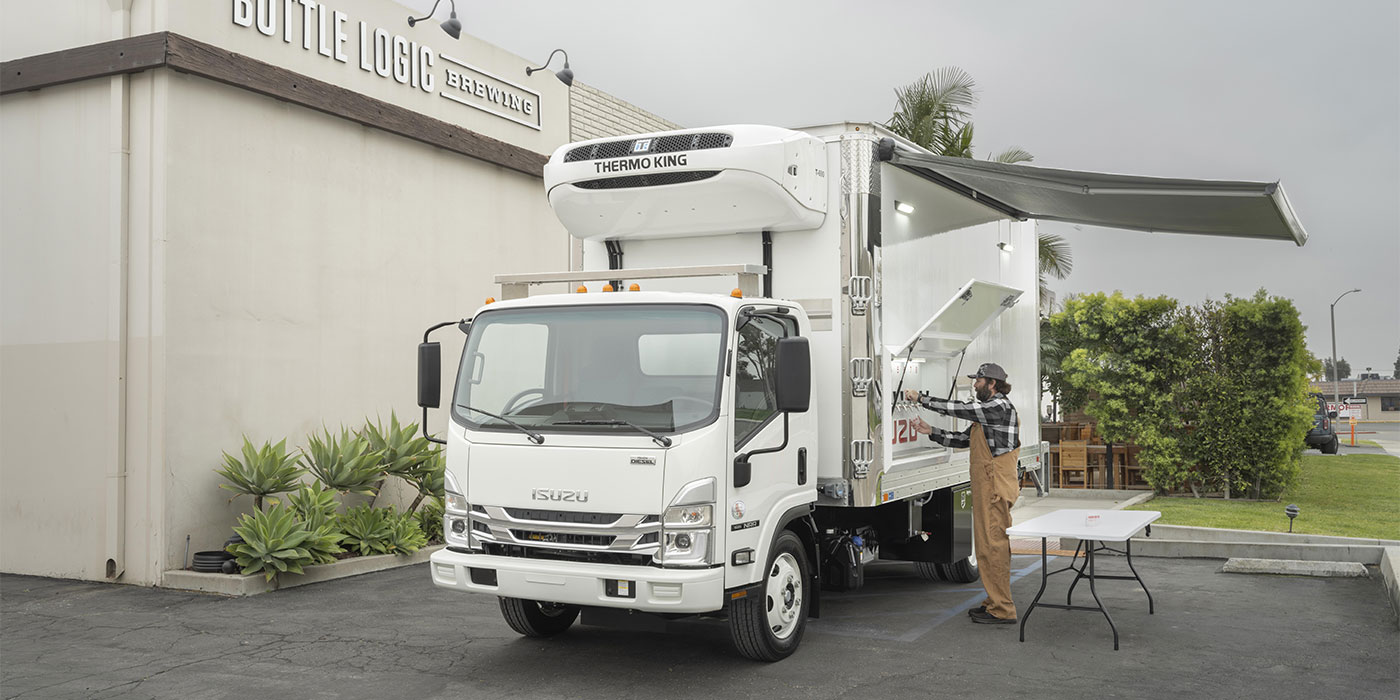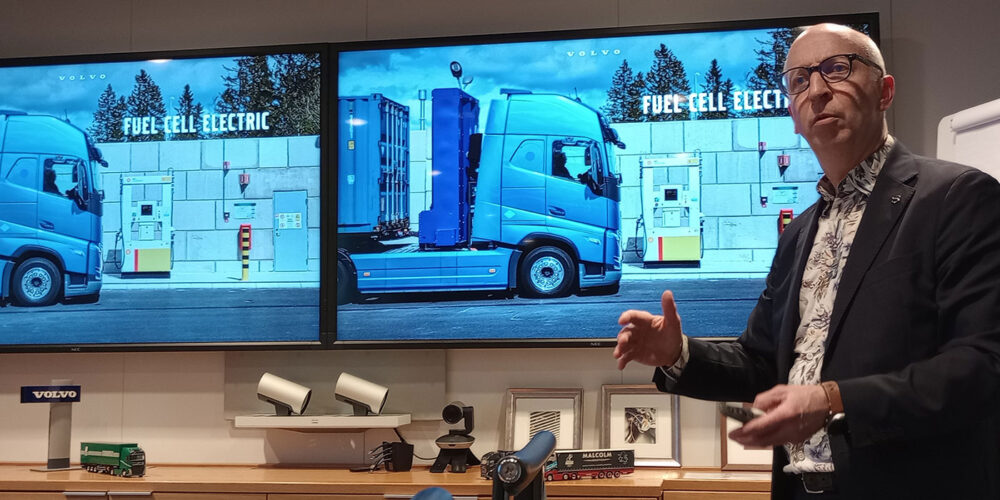It’s about relationships “So, what’s new?” A common pitfall is to answer that question only in terms of individual products or services and not to appreciate fully the synergies that flow from some component interactions that are becoming more common.
For many years, truck manufacturing was accurately viewed as an assembly operation rather than an integrated engineering endeavor. Surely, there was engineering in the sense that the multitude of selected components could all be bolted onto the chassis without interference and tended to be more or less complementary, or at least compatible, but many of the truck subsystems functioned with relative independence. That’s changing quickly, as we deal with externally imposed mandates along with more intense intra-industry driven quests for productivity, fuel efficiency, safety upgrades, and simplified maintenance requirements.
The need for integrated engineering has been around for some time, but the need for consistent application of a more systemic approach should now be obvious to all. I especially remember several prototype trucks delivered to a major tire manufacturer for evaluation in the early days of anti-lock brake testing. Addressed were concerns about improving tire-bead-to-rim seat fit and friction, as well as the coefficient of braking friction generated by the tire tread on various pavement surfaces. However, during testing, while the brakes and tires worked together as planned, the axle detached from the truck as the extra deceleration forces being generated exceeded the ability of the spring shackles to transfer these forces into the chassis frame rails. In short, the axle stopped, but the rest of the truck didn’t!
Not only are truck and trailer manufacturers affected, but also truck users and service providers will be impacted. This is especially true if we expect to maintain the wide array of component choices available for tailor-fitting vehicles to the variety of service conditions and equipment life cycles expected by fleet users. Consider some examples. It is widely believed that the next fertile area to be searched for improving fuel efficiency is refining truck aerodynamics. Methods of reducing turbulent (energy consuming) airflow using skirting, more tightly enclosed wheel well openings and controlling airflow underneath and immediately behind the truck will likely result in less cooling, therefore higher operating temperatures for tires.
The use of electronic traction control (ETC) will certainly reduce the need for aggressive (typically higher rolling resistance) tread designs, thereby allowing users a greater choice of fuel-efficient hybrid or rib-type drive tires.
Reduced stopping distances, achieved with more aggressive steer axle brakes, will likely increase tire wear rates, but may also reduce irregular wear, and might allow/require new and different tread patterns to optimize steer tire performance and cost effectiveness. Remember that the change from four-leaf spring to air ride tandem drive suspensions spawned a whole new family of closed-shoulder line haul drive tires. Remember also that this development took several years AFTER the new suspensions were offered and the problem was recognized. Precious time, dollars and frustration might be saved if things like the lack of built-in damping of the newer suspensions were recognized earlier. This, however, requires communication among groups who, in many instances, have not routinely exchanged information.
With coming changes in truck powertrains, stability and handling, brake systems, noise and vibration issues, and other such areas, let’s keep tire engineers in the communication loop so that these sophisticated rubber donuts that have become so trouble-free in recent years can remain so and contribute to improved efficiency for our industry.













